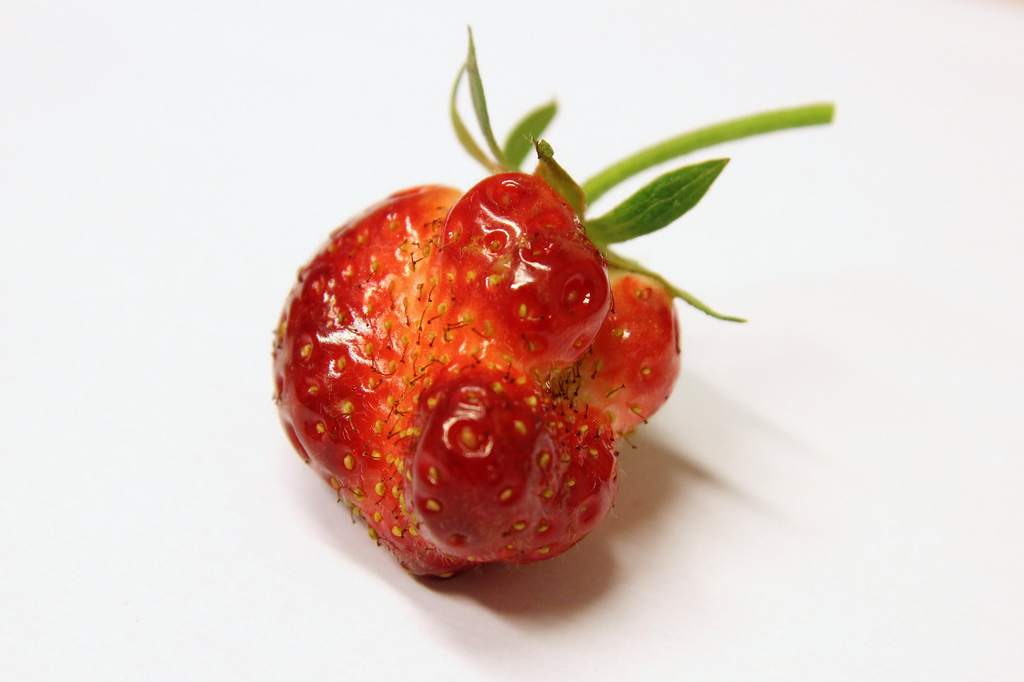Ever since I signed up for an organic, locally grown community supported agriculture share (CSA), I’ve had to readjust my perspective on vegetables and understand that they are not as uniformly pretty as supermarkets would have us believe.
Tomatoes are not always red, but often orange, yellow, purple, even striped. Carrots and parsnips sometimes have multiple points or shapely-looking “legs” that make them challenging to peel. Unsprayed mustard greens, kale and arugula can be full of little pinholes from nibbling bugs, but it doesn’t affect their taste or nutrition, just aesthetic appeal.
At first it was unnerving getting used to all these strange and bizarrely-shaped vegetables, but now I love them because they’re so different, delicious and they make a statement.
The world of supermarkets assumes that customers want only perfect, unblemished produce and that’s why 20 to 40 per cent of all produce in the U.K. goes to waste. Much of it can’t even be canned or processed: “Most large processors have advanced contracts with suppliers and often require specific attributes that make the product amenable to processing,” explains the NRDC’s report on the wasteful American food system.
An estimated 90,000 tons of produce in the U.K. goes to landfill sites annually, all because customers associate “ugly” with “defective.”
Supermarkets aren’t doing much to change this erroneous association, but then it’s also the fault of shallow shoppers: “Customers buy from brimming, fully stocked displays, preferring to choose their apples from a towering pile rather than a scantly filled bin” (NRDC report). If customers are suspicious about half-empty bins, imagine how much more reluctant they would be to buy misshapen vegetables.
There is a growing movement to promote and sell “ugly” produce. This is partly due to necessity.
After an unusually cold spring, farmers in the U.K. have a lot of funny-looking vegetables to sell, so many supermarkets say they’ll relax their standards this year. In 2012, Sainsbury committed to taking 100 per cent of British farmers’ crops, regardless of appearance.
Other people are opting for ugly produce in an effort to reverse the unsustainable practice of throwing it all out. Three German students have begun an “Ugly Fruits” campaign, aimed at getting misshapen produce back into German households. They’d eventually like to see “ugly fruits” supermarkets that sell all the produce rejected by other chains. (Check out this amusing clip they made of ugly produce.)
A catering company called Culinary Misfits uses only misshapen produce: “It’s good food that’s even more interesting because it doesn’t exist in the usual supermarket and restaurant range. These vegetables are more like pieces of art,” co-owner Lea Brumsack explained to The Guardian.
Fortunately perceptions can always shift, so the more people who opt for misshapen produce, the more normal and accessible it will become, saving money and cutting back the excessive waste. You might even start to think, as I have, that strange-looking vegetables are more beautiful than the blandly monotonous spectrum of options in the supermarket.
This article originally appeared on Treehugger and is reprinted with permission.
Original image from Comedy nose/Creative Commons



